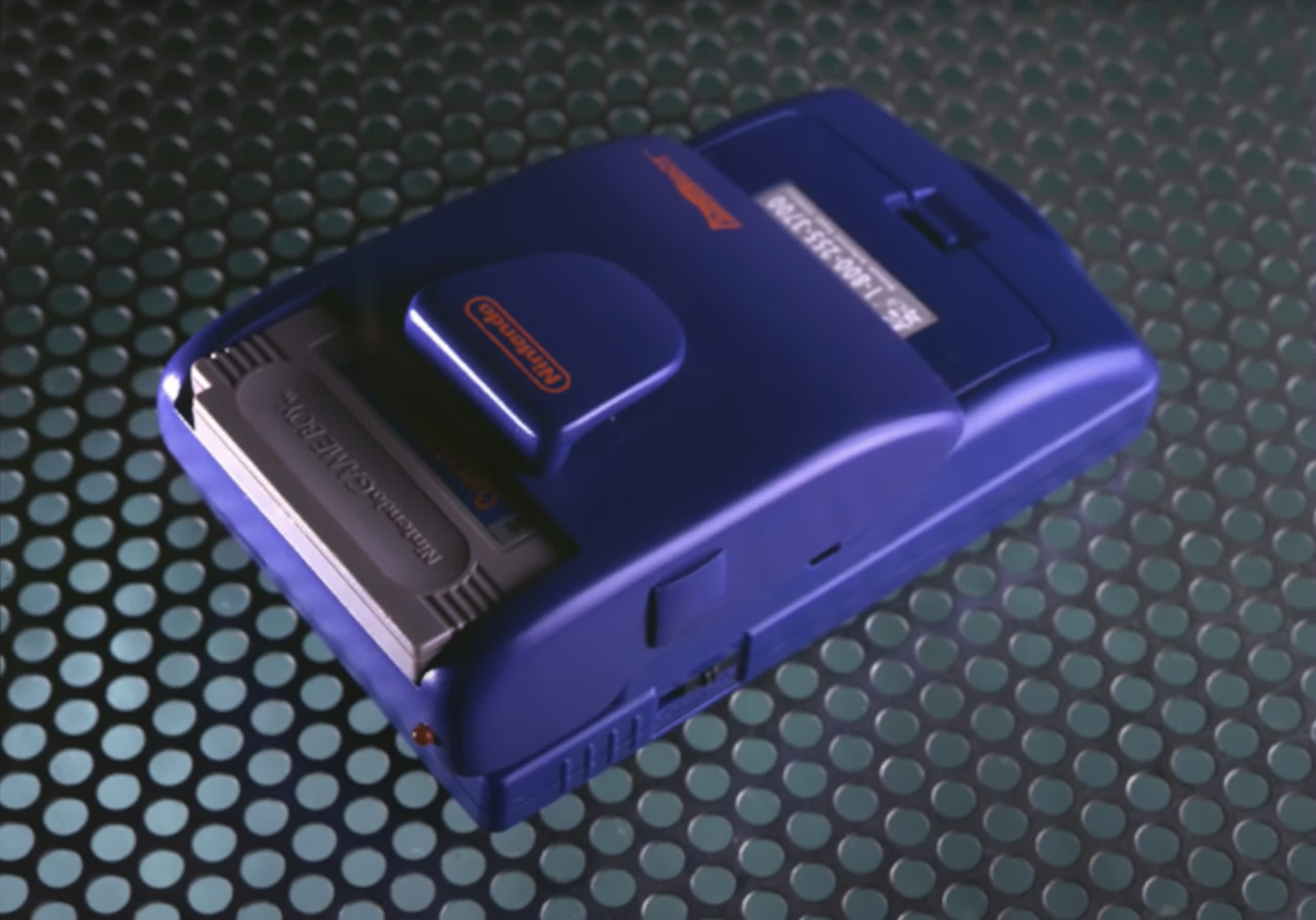Ahead of its time: History is sprinkled with little-known tech devices that occasionally make their way into the public forum after many dormant years collecting dust on a shelf. Over the weekend, YouTube channel DidYouKnowGaming? revealed a 20-year-old Nintendo peripheral that---at only $50---would have converted a Game Boy Color into a relatively cheap smartphone.
Nintendo licensed a few interesting peripherals in the early days of handheld gaming. The Game Boy Camera and Game Boy Printer were a couple. It also had the Game Link Cable to allow for two-player gaming, then later offered a four-player adapter. And who could forget the Handy Boy---an attachable monstrosity with a screen magnifier, external speakers, and a joystick. You can still buy those on Amazon, by the way.
On Sunday, YouTuber and video game history buff Liam Robertson revealed a never-before-seen peripheral for the Game Boy Color called "Page Boy." The device would have added smartphone-like features, including two-way communication, email, web browsing, and more.
Page Boy shared several functions with an earlier canceled project called WorkBoy for the first-generation Game Boy. It was not a coincidence since inventor Eddie Gill conceived both devices. Gill had designed and pitched the WorkBoy in 1992 as a way to give the portable gaming device PDA functionality. However, an upcoming Game Boy price reduction made it unmarketable, considering that the peripheral would cost as much as the console.
Fast forward to 1999 when Gill and his brother Chris pitched the Page Boy to Nintendo execs, operating under the company name Wizard. They did not have any working prototypes, but Gill commissioned Sirius Modelmaking to create the physical mockup used in their presentation to Nintendo. The device plugged into the Game Boy Color's cartridge slot and had a pass-through port so users could still play games with it attached. The design was not dissimilar in appearance to some of the earlier compact flip phones.
It was the beginning of the cellular era, but the device would use the less expensive radio communication used in pagers, hence the name. Two-way paging had just gained a foothold in the industry, and the brothers wanted to use that to deliver smartphone capabilities at a time when smartphones were rare and super expensive. The Gill brothers leveraged this in a presentation to Nintendo, highlighting that the company could even use the device's real-time communication for marketing purposes (video above).
Nintendo was highly intrigued by the proposal and looked into its feasibility for the next three years. Unfortunately, the company nixed the idea in 2002 because the tech would have only been available to the US Game Boy user base, somewhat defeating its stated purpose of communicating wirelessly with anyone in the world. Even at a reasonably modest price point of $50, the device did not seem cost-effective enough for Nintendo considering the exclusion of its European and Japanese markets. So once again, Eddie Gill had to shelve an overly ambitious Nintendo peripheral that was simply too ahead of its time.
